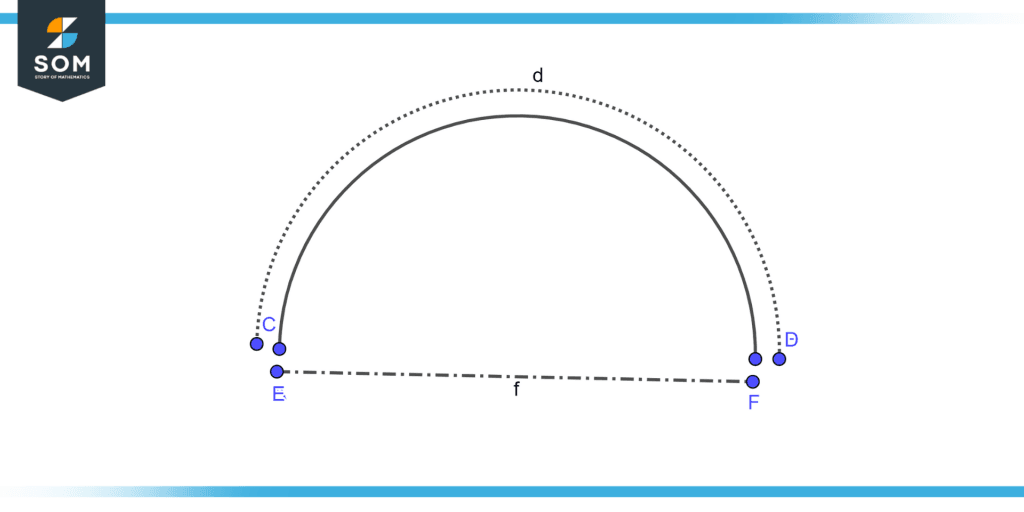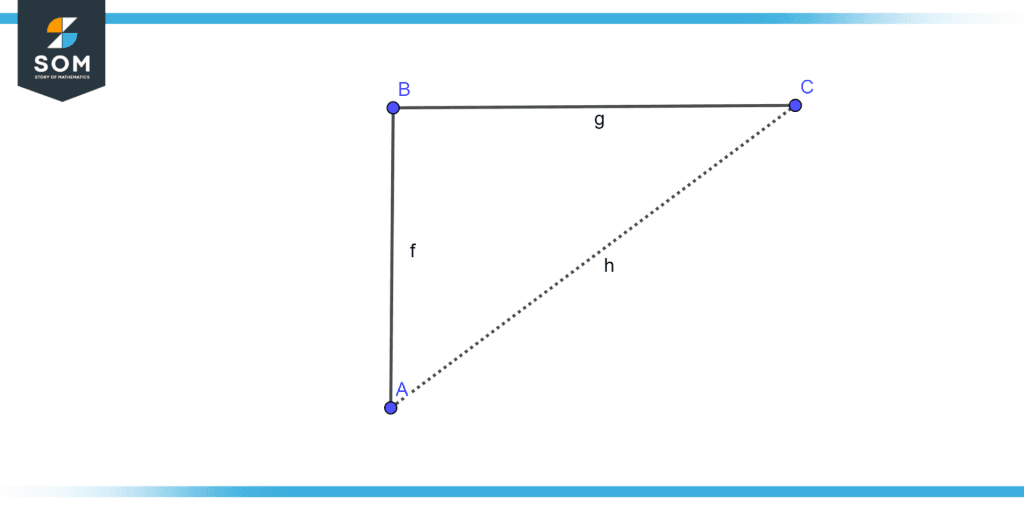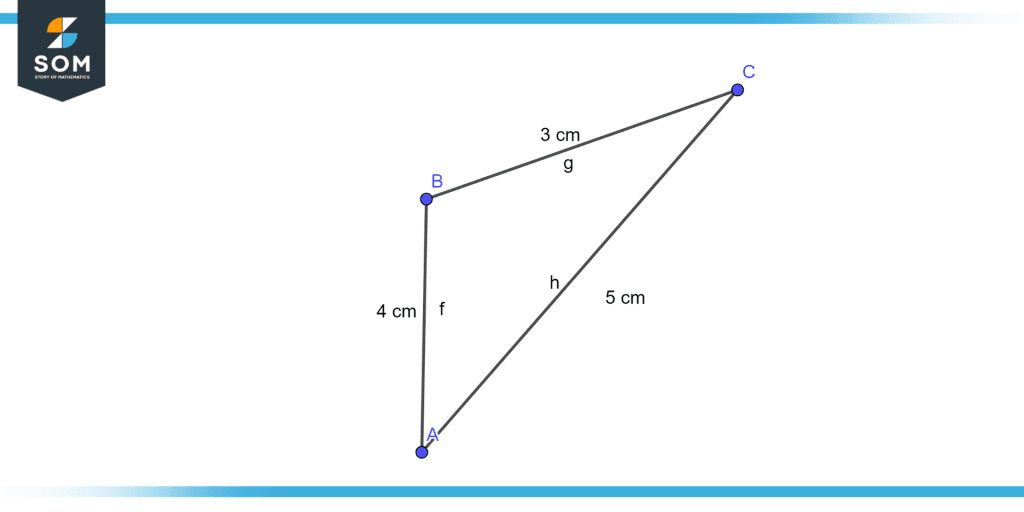JUMP TO TOPIC
Displacement (Distance)|Definition & Meaning
Definition
The overall change in an object’s position is called displacement, a vector variable that measures “how much the object is displaced.”
A displacement is a vector in geometry and mechanics that have a length equal to the smallest distance between a point P’s initial and final positions. It measures the length and angle of the net motion, or total motion, along a straight line from the starting point to the destination of the point trajectory. The translation that links the starting point with the ending point can be used to spot a displacement.
The end location of a point about its starting position is referred to as displacement. A displacement may also be defined as a relative position (coming from motion). The difference between the final and starting coordinates may be used to define the equivalent displacement vector.

Figure 1 – Distance and Displacement
Figure 1 illustrates the difference between distance and displacement. Path d shows the distance between two points C and D while path f shows the displacement between the two points.
The instantaneous velocity of the item is the rate at which the displacement changes as a function of time when studying the movements of objects across time. Therefore, the instantaneous speed is different from velocity, which is the rate at which the distance travelled along a particular path changes over time. The temporal rate of change of the position vector may also be used to describe velocity.
Saying that the velocities of P (e.g., the points representing the positions of passengers walking on a train) are relative velocities, as opposed to absolute velocities computed for points that are said to be “fixed”. I can. “Space” is taken into account when considering a moving initial position, or equivalently a moving origin (such as a fixed point on the floor of a station).
The average velocity, a vector that varies from average speed, a scalar number, is defined for motion during a given period as the displacement divided by the duration of the period.
Difference Between Distance and Displacement
Distance is the length of any path connecting any two places. Since it solely depends on the magnitude and not direction, distance is a scalar number. The distance can only be measured in positive terms.
When measured along the shortest path between any two places, displacement is the direct distance between them. Since displacement varies in both magnitude and direction, it is a vector quantity. Displacement might be zero, positive, or even negative.
While distance and displacement appear to have the same meaning, they have quite different definitions and implications. Displacement is a measure of “how far an object is from its position”, and distance refers to “how much ground an object covers while moving”. Figure 2 illustrates the distance and displacement between points A and C.

Figure 2-Displacement between A and C
Path h shows the displacement between points A and C.
Displacement In Mathematics and Physics
The difference between the end and start positions of the trajectory of points is called the displacement of the geometry (such as the center of gravity of a moving object). The exact path to reach the goal is irrelevant. Mathematical symbols for particle displacement i. H. The distance a particle travels while transmitting a wave is a lowercase Greek word.
An electrical displacement field is a mapping of displacement vectors for all positions in a body that are displaced from one state to another, as described in Maxwell’s displacement field (mechanics) equations. The relationship associated with the spectral distribution of black body radiation is known as Wien’s shift law. The amount of rotation, angular displacement, or change in orientation of a rigid body about a fixed axis.
Displacement in Engineering
Engine displacement is the maximum amount of air and fuel a certain engine can consume in a single cycle. An item submerged in a fluid displacement the fluid out of the path. A pump or flow meter that processes a certain volume of fluid every revolution is a positive displacement meter. There are several interpretations of displacement in ships and boats.
Displacement speed is a general guideline for non-planning boats to determine their theoretical maximum speed. Displacement hull: a moving hull whose weight is supported by buoyancy alone and which must displace water from its course. Measures of a ship’s weight that are linked to displacement. An electrical connector is called an insulation displacement connector. A 3D computer graphics method called displacement mapping.
Displacement in Chemistry
Single displacement reaction, an ion exchange-related chemical process. A chemical process involving the exchange of ions is known as the double displacement reaction. Element/isotopes produced during radioactive decay, according to the Radioactive Displacement Law of Fajans and Soddy.
Solved Examples of Displacement
Example 1
Find the Distance and Displacement between two points A and C.

Figure 3 – Displacement between two points
Solution
Distance between two points A and C will be the sum of the path f and g i.e. moving from points A to B to C which is 4 cm + 3 cm which is equal to 7 cm.
The displacement between two points A and C will be direct path h which is 5 cm.
Example 2
Ali goes 100 miles back to the South after traveling 200 miles to the North to pick up a buddy. How far has ali moved overall.
Solution
His final position Xf is the distance traveled N minus the distance South.
Calculating displacement, i.e.
D = (Xf – Xi)
D = (200 mi N – 100 mi S) – 0
D = 100 mi N
All images/mathematical drawings are created with GeoGebra.
